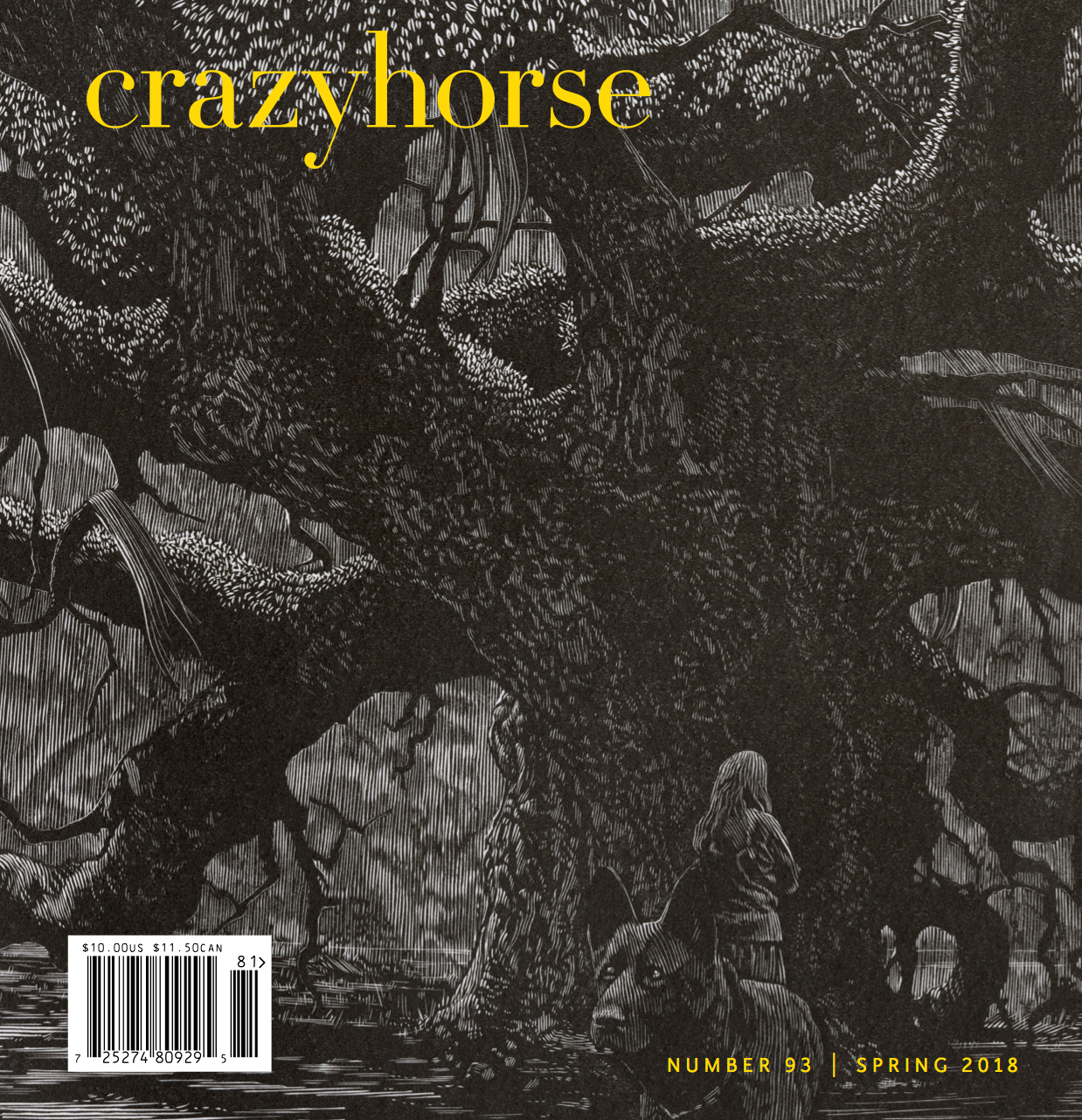
George Saunders, author of the new story collection, “Tenth of December.” The title story inspired this writing exercise.
A recent headline in The New York Times Magazine announced, “George Saunders Has Written the Best Book You’ll Read This Year.” Such praise may be news to many readers, but for the dedicated followers of Saunders’ stories and essays it only confirms the obvious. Pick up a new book of stories by any promising young writer, and you’ll likely find the influence of Saunders’ first two story collections, CivilWarLand in Bad Decline and Pastoralia.
After reading “Tenth of December,” you, too, may be wondering, how you can write like George Saunders. Though he is on tour for his new book, Saunders took a moment to discuss his approach to writing. He focused on the question of how to balance narrative voice with story clarity.
“My method,” Saunders wrote, “is to write more than I need and then radically prune back, vis the criteria that there is a clock ticking during internal monologue, and so you can’t just yap it up – it all has to be shaped and fast and serve a purpose.”
So, how fast should the internal monologue move? How long can you spend in a narrator’s head before moving the story along?
“It’s nice if the time spent in-head is somewhat mimetic of outside events,” Saunders wrote. For instance, if “90 pages [pass] while the character walks from point A to point B five feet away, [that’s}not so mimetic.”
Given this advice, here’s a quick exercise that can help determine how fast or slow your narrative should move:
- What is your story’s clock? If a timer is set in the first page, when will it ring? In the case of “The Tenth of December,” the timer rings twice: once when the boy reaches the pond and again when the man reaches the house. Ask yourself: Does my story have a clock? If so, can you hear it ticking in every page? Even a quick reference to the clock can help create a sense of urgency in the reader.
To learn more about George Saunders’ approach to writing, check out this recent appearance on The Colbert Report and this interview with The New Yorker. You can also watch Saunders read from his work and answer questions at Front Porch Journal To find another writing exercise based on his story, click here.
February 2013




So interesting! I also tend to write by overwriting first, then pruning back. Not that I fancy myself anywhere near the level of Saunders…but it’s nice to know I’m in good company.
Thanks for checking out my blog!
My pleasure, Jill. Glad you found it interesting. I like your blog as well–a lot of cool links to stuff I wouldn’t have read otherwise.
On Wed, Mar 27, 2013 at 1:38 PM, Read to Write